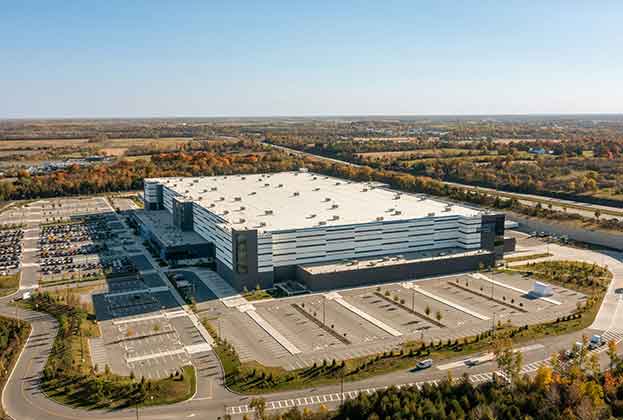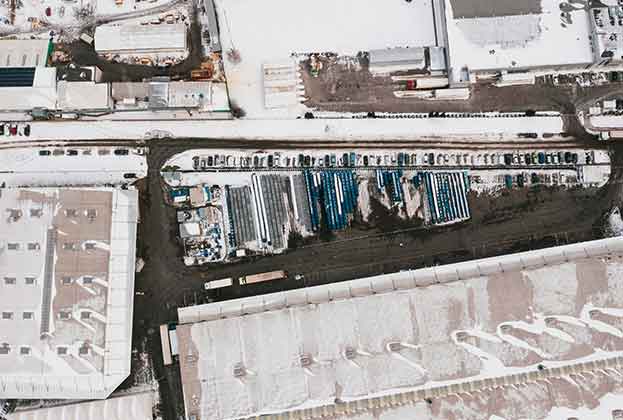With record breaking levels of take-up in 2020, the industrial and logistics sector continues to go from strength to strength with demand showing no signs of slowing. To cater for the significant number of requirements in the market, more than 17.03 million sq ft of warehouse space is currently under construction across the UK.
While this is great news for the sector as we continue to emerge from the pandemic, developers are now facing a unique challenge as a result of increasingly restricted material supplies.
For example, the country’s main steel producer, British Steel, has temporarily stopped taking new orders, considerably pushing out lead times for structural and secondary steelwork in the short term. Similarly, built up cladding is likely to be one of the worse sufferers, with the liner sheet needed to create it being quoted as having a Q1 2022 delivery, around eight to 10 months from now.
British Steel blames high demand. This has been compounded by the pandemic, which prompted factory closures during the first lockdown and ultimately reduced production. As a result of simple supply and demand economics, prices have gone up as a result, with the firm set to add yet another £150 per tonne to steel prices in July when production resumes.
As volatility continues, the market can’t yet predict when things might settle. What’s more, the issue of availability has also effected other key materials including cement and timber, both of which are in short supply, or simply not available at all.
Consequently, there has been a rush to secure existing materials for those schemes due for delivery this year. To try and counter the issue, developers are working with their teams and placing early orders directly with supply chains in order to bypass competitive procurement for both steel and cladding.
Some developers are switching to composite cladding panels, however these are not immune to the material supply constraints and as stock reduces, manufacturers are starting to sell on a first-come first-served basis. This means that lead times are now starting to extend much like in the built up cladding market.
While developers who are fleet of foot have managed to lock down materials for schemes due in 2021, those who have missed the boat may well struggle to deliver developments this year.
When British Steel re-open its books in the summer, it has already said that this will be on an allocation basis and that larger customers will have priority. This could be problematic as the industry currently does not have an alternative to steel-based cladding that meets institutional standards.
Ultimately, with the rising importance of sustainability there is a market right now for cladding innovation in the industrial and logistics sector. However, what this might look like in practice, we’ll have to watch this space.
Further information
The size and make-up of the UK warehousing sector - 2021
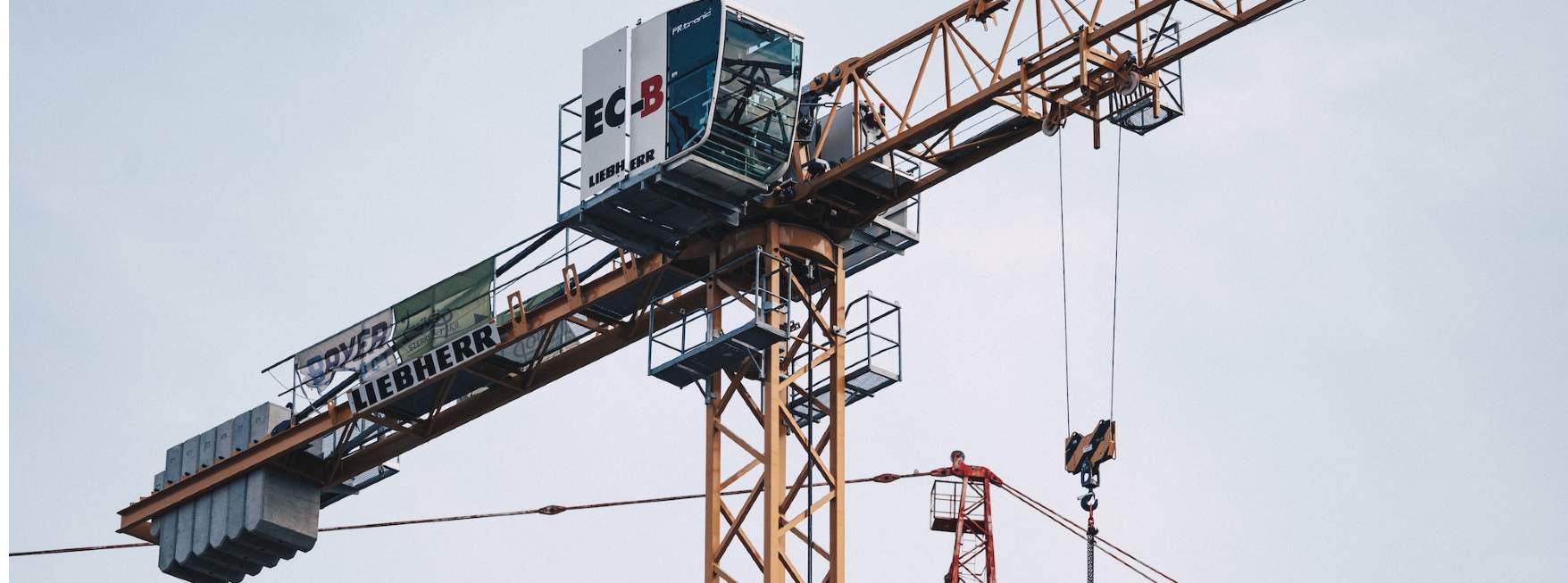
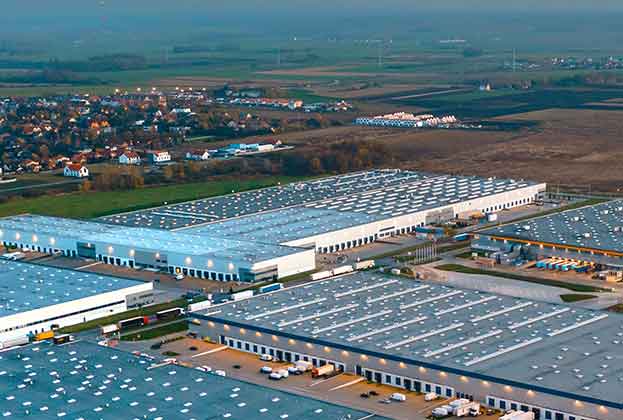


.jpg)

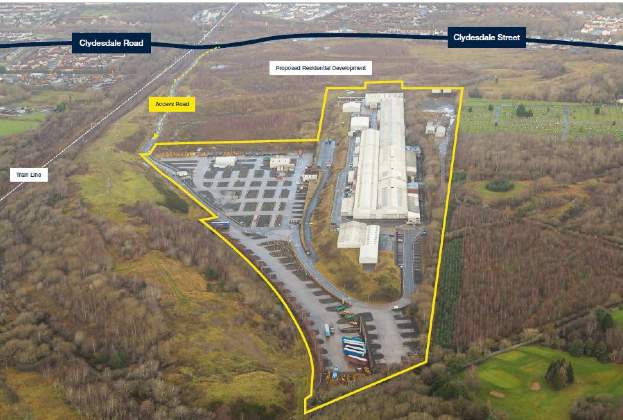
.jpg)
